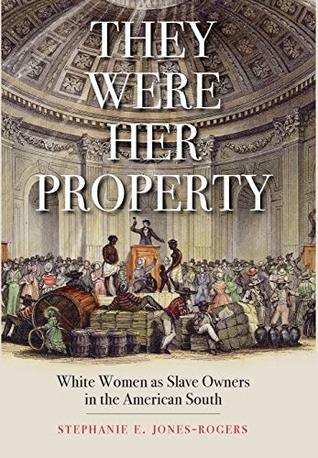Enslaved mothers’ grief and white southerners’ attempts to render it invisible stand in stark contrast to the simultaneous “culture of mourning” that allowed whites to openly express their sorrow after the loss of loved ones. During the nineteenth century, white women were encouraged to mourn for the dead, and their “private expressions of grief helped usher in new conventions that enabled women to more fully express their acute sense of loss.” However, while “nineteenth-century [white] Americans were encouraged to openly mourn for the dead, especially for infants and young children,” white
...more
Welcome back. Just a moment while we sign you in to your Goodreads account.


